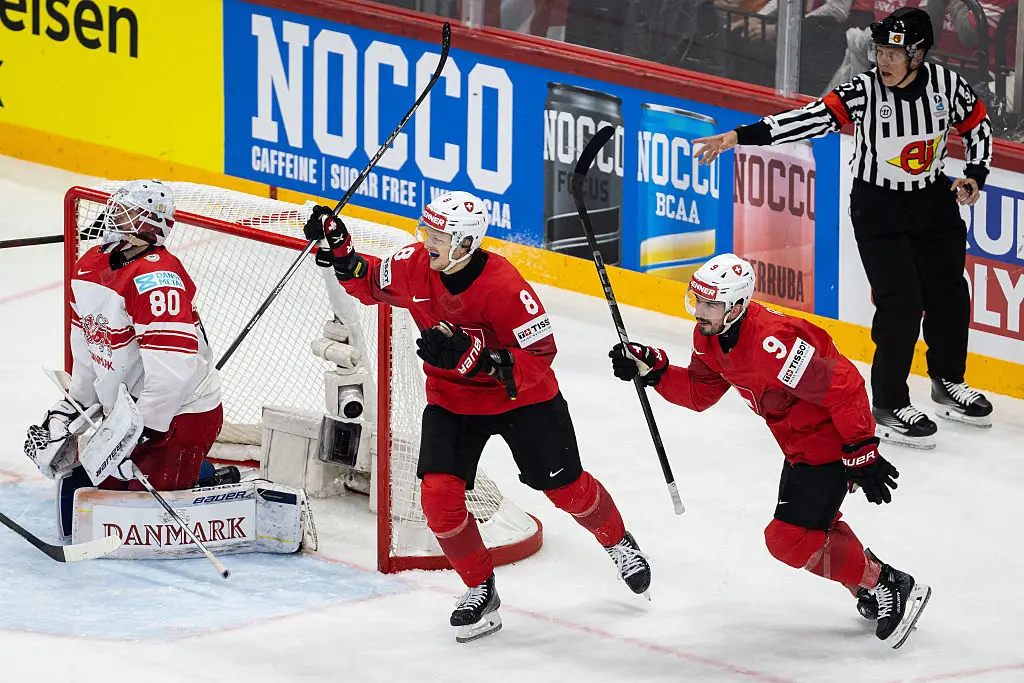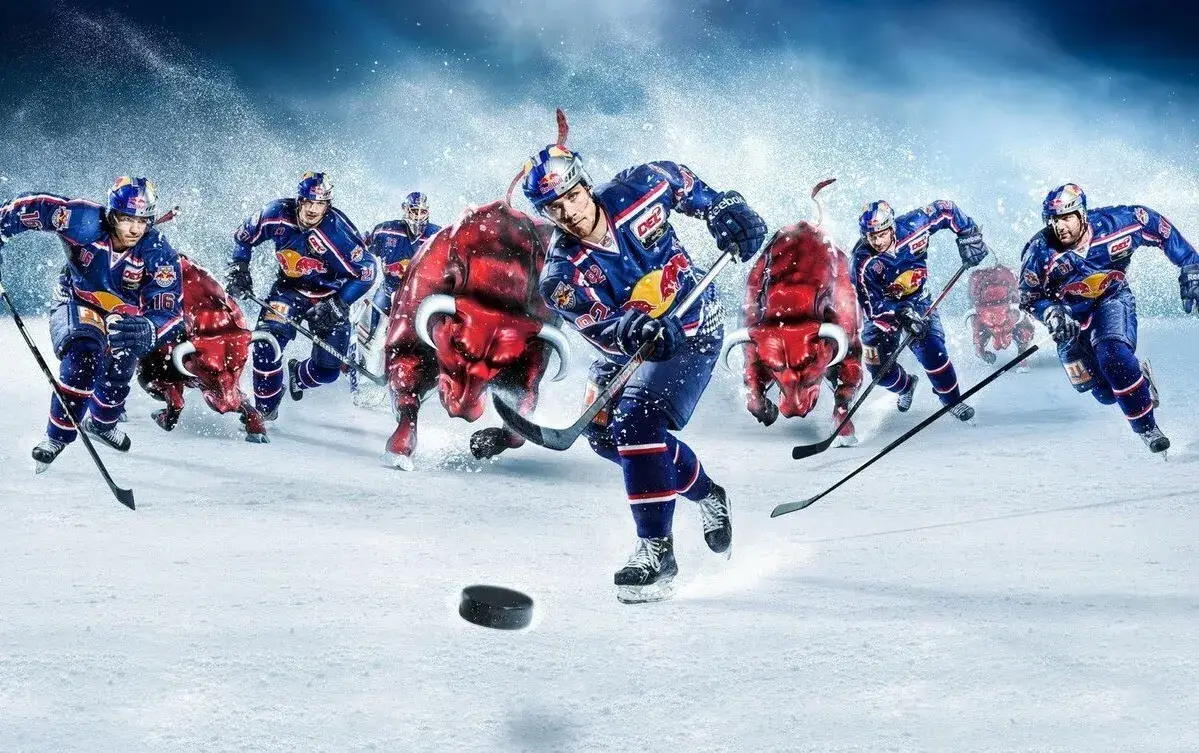The second round of the Stanley Cup, which started on May 6, immediately raised the stakes and intensified the pace of the game. In this ruthless playoff battle, statistics serve as a compass on the battlefield, and the names of the hockey players represent zones of maximum pressure. The key to deep analysis is to abandon banal clichés and not make guesses in the style of “anything is possible.” We only look at the facts, the frenetic pace, and evaluate the game on the ice without emotions. Let’s talk about predictions for the second round of the Stanley Cup.
“Washington” – “Carolina”
Ovechkin and his “Washington” finished the season on a survival note, not domination. The team made it to the playoffs in the final seconds of the race and lost points there. The average shots per game are 24.7, with 18 on target. Against the aggressive “Carolina,” which consistently converts 28% of power plays in the last six games, the team looks like a relic of the championship era of 2018.

In the second round, Stanley Cup predictions lean towards the idea that physical strength and defensive cohesion override Ovechkin’s sniper nature. Throughout the season, he scored only 31 goals – the minimum in the last 10 years.
“Florida” – “Toronto”
Bobrovsky guards the net for “Florida” with the coolness that earns applause. 93.1% of shots saved, 2.12 goals conceded per game – numbers not just of a goalkeeper, but of a strong candidate for the MVP of the second round.
“Toronto” responded with dense goal conversion and speed that disrupts the opponent’s tactical geometry. But betting on intuitive hockey, where creativity is more important than systematics, creates a gap. In the fourth game of the first stage, the “Maple Leafs” made 17 turnovers in the neutral zone – a disaster against a team that capitalizes on every mistake.
Against the current dynamics, predictions for the second round of the Stanley Cup show a fragile balance. If “Toronto” does not reduce the number of penalties, the series will go to six-seven games in favor of “Florida,” where Bobrovsky cements the defense as if the goalkeeper is paid in cash for it every time.
“Vegas” – “Edmonton”
McDavid is at maximum output. In the first stage – 10 points in 5 games, sprinting faster than most defenders. But “Edmonton” is not just a show; it also has a leaking defense. 3.8 goals conceded per game – more than any other team that made it to the second round.
“Vegas” responds with hardcore: zone control, puck retrieval, and physicality. Shot activity is maintained at 31.2, even though the main workload is distributed among three lines, without a single star. The team scheme, where everyone knows their place, allows the “Knights” to maintain the pace without declines.
In this confrontation, predictions for the second round of the Stanley Cup focus on balance. Despite all of McDavid’s personal achievements, he risks getting lost in the density of “Vegas’s” scheme if he does not receive support from Draisaitl and Nugent-Hopkins.
“Dallas” – “Winnipeg”
The defense of “Dallas” works like a well-tuned engine: without squeaks, but with pressure. Jake Oettinger in goal shows 94% reliability, which, with an average of 33 shots, makes him the antagonist of attacking “Winnipeg.”
The “Jets” play by the principle of “more is better.” But in the first stage, 121 shots were recorded in three games – an absolute maximum. However, the conversion rate is a weak point. Only 9.3% efficiency on power plays. Without accurate finishing, pressure does not turn into goals, and that’s a problem.
Predictions for the second round of the Stanley Cup in this pair lean towards the gradual dominance of “Winnipeg.” “Dallas” systematically suffocates, and the opponent’s speedy attempts are shattered by the goalkeeper and defense, which throw the puck not by chance but by plan.
What Analytics Bets On
An extensive list of tactical vectors and risks that determine bets on the Stanley Cup in the second round:
- Individual superiority: players like McDavid create moments even in 1-on-3 situations. But without support, even superstars do not advance beyond the second round.
- Goalkeeper stability: teams with goalkeepers conceding more than 2.8 goals per game have already given up positions. And Bobrovsky and Oettinger strengthen their clubs’ positions in the playoffs.
- Penalties and power plays: conversion rate >25% on power plays is a contender indicator for the final. Those who fall short gradually drop out.
- Middle zone defense: teams failing in this block lose counterattacks. In the first round, the “Rangers” proved this.
- Depth of the lineup: the third and fourth lines become decisive in series where leaders are worn out with double coverage.
Who Will Advance to the Second Round of the Stanley Cup and Why It Matters
Previous seasons show that 80% of clubs that won the first match of the second round reached the conference finals. The psychology of dominance, drawing first blood, and controlling the pace all create an advantage that is difficult to neutralize.
In the pairs of the second round of the Stanley Cup, it is already clear:
- “Carolina” is capable of scoring first and holding the score, using a suffocation tactic.
- “Florida,” led by Bobrovsky, pulls out matches through “moral-willful” efforts.
- “Dallas” works methodically and wears opponents down, like a chess player with a strong endgame.
- “Vegas” operates on the principle of “cut seven times, remember once.”
Predictions for the Second Round of the Stanley Cup: Trusting the Numbers
Teams that advance to the second stage do not demonstrate a unified success scenario. Somewhere, individual mastery matters, as in the case of McDavid, somewhere – mechanics and cold tactics, as in “Carolina” and “Dallas.” Bobrovsky’s factor is an illustration of how individual mastery can close an entire risk zone. A goalkeeper playing at a level of over 93% covers any gap in the middle line.
Predictions for the second round of the NHL playoffs are based on numbers, not on “feelings.” Statistics on power play conversion, average time in the attacking zone, overtime efficiency. These are indicators that shape probability, not fanatical hope.
The series between “Florida” and “Toronto”: 60% of the “Panthers” scored goals in the first 10 minutes. This factor determines the need for highly organized defense from the first seconds; otherwise, the opponent simply rolls over the tired line.
Key Figures Determining the Outcome
Ovechkin has lost his previous level of dominance but still poses a threat on power plays. His 12% efficiency in shots from the right faceoff circle remains one of the few threats in “Washington.” However, opponents’ pressure and reduced speed make his contribution more episodic.
Bobrovsky has transformed his game: he no longer reacts but anticipates. The calculation of the exit time from the goal has improved by 0.3 seconds – a significant difference at the NHL level. Thanks to this, he minimizes rebounds and dangerous deflections.
McDavid is a star of a different spectrum. 47% of all “Edmonton” attacks go through him. His influence zone covers the entire attacking half. Without his movements, the puck loses meaning. But weak defensive work from partners nullifies the effect of his productivity. If the team does not optimize the entry zone, predictions for the second round of the Stanley Cup do not promise a final.
Depth vs. Brilliance
The role of third and fourth lines sharply increases. “Vegas” relies on rotation and workload distribution. Carrier in the fourth line wins 62% of faceoffs in the opponent’s zone. This allows loading the opponent’s defense at unexpected moments. This approach disrupts the game, turning the match into a chess game with fast moves.
“Toronto,” on the other hand, still relies on the first line, where the unevenness of physical resources creates vulnerability in the third period. Against “Florida,” where all four lines attack and defend, this approach has already failed.
Psychology of the Second Round: Zone of Maximum Pressure
In the second stage of the Stanley Cup, illusions fade away. There are no more easy games, no weak opponents. Mistakes cost exits. Coaches cut playing minutes like a scalpel: in the first round, top players averaged 19.4 minutes on the ice, now it’s 22+. This is where endurance, squad density, and moral resilience are tested.
In this stage, the first match is particularly important. 68% of teams that won the first game advanced to the next round. Control of initiative and psychological advantage allow imposing one’s conditions – speed, pattern, pressing.

Conclusion
Predictions for the second round of the Stanley Cup are based on a real game model. “Carolina,” “Florida,” “Dallas,” and “Vegas” offer functional, predictable systems that turn the opponent’s energy into vulnerability. On the opposite side are brightness, talent, intuition, behind which weak spots are hidden.
With each stage, the tournament accelerates. Victory here is the result of detail, preparation, and the ability to play in conditions of exhaustion. In this distance, the resilient wins, not just the “best.”
 en
en  ru
ru  de
de  ar
ar  es
es  hi
hi  fr
fr  nl
nl  it
it  pt
pt  el
el 



